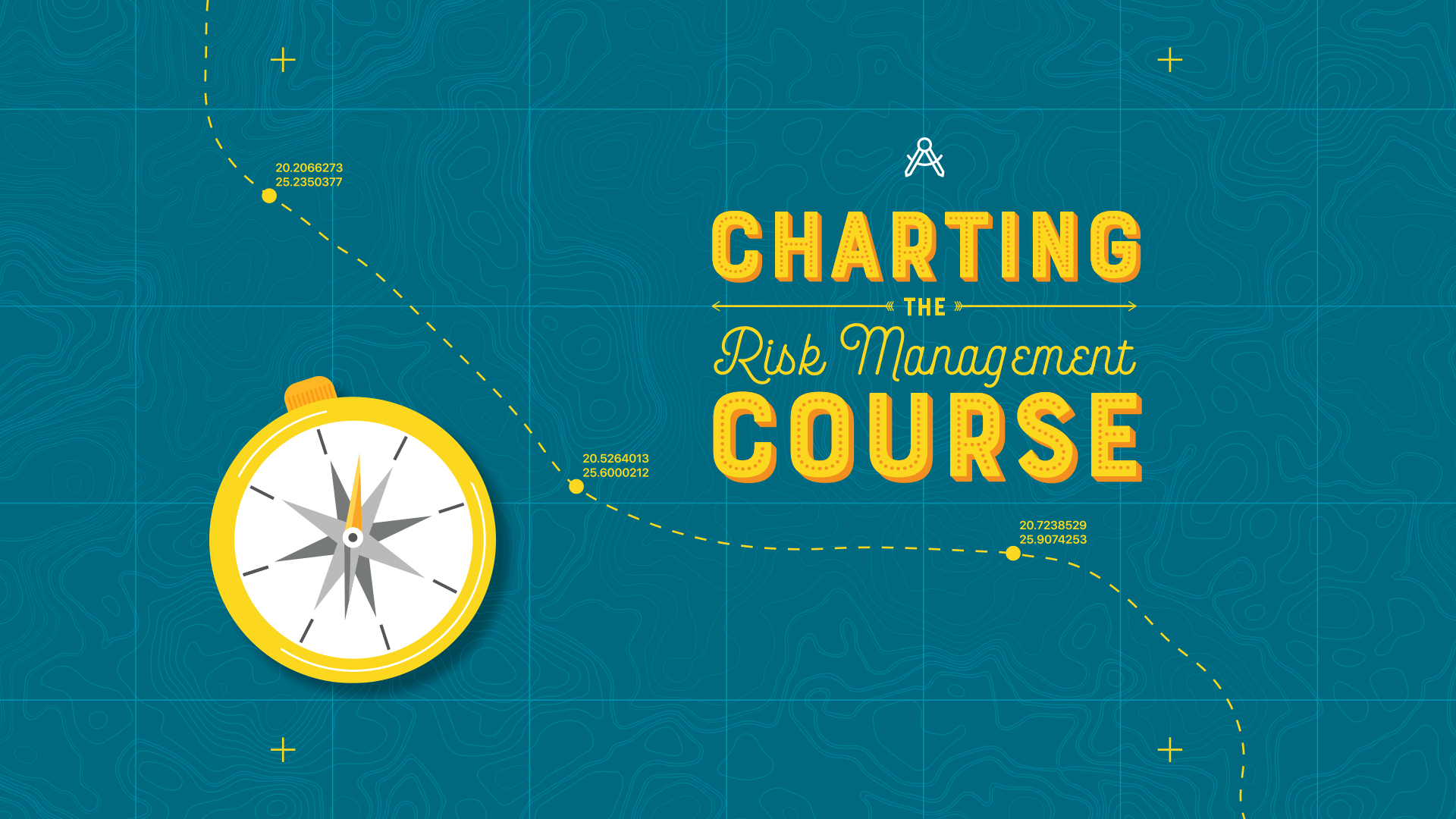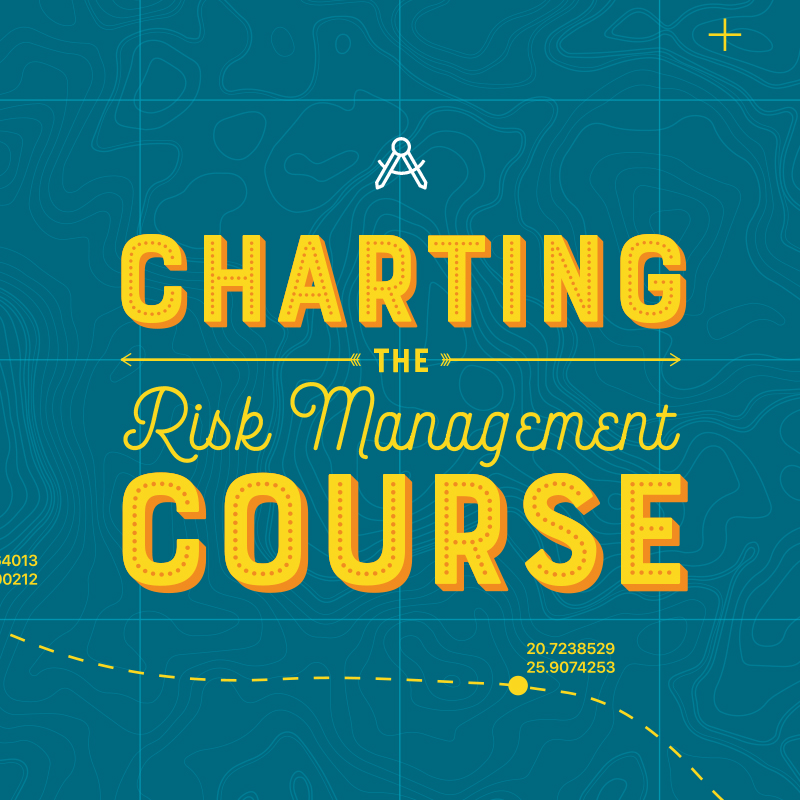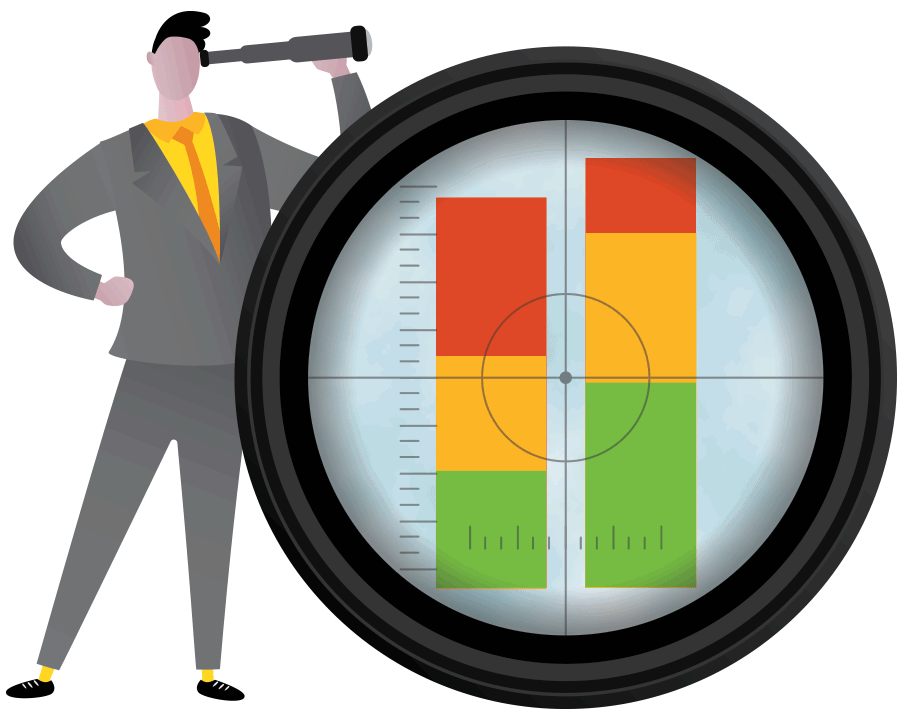

Technology is generating fundamental change in business, how business engages with clients, and the risks organizations face, with artificial intelligence driving the revolution beyond the internet age.
The role of the risk manager is often described as keeping the ship and its cargo afloat, but he or she must also chart the safest and most effective course through perilous seas. For risk managers to keep on course, they need a comprehensive view across all business units as well as corporate functions like risk and compliance, along with key business partners, suppliers, and outsourced entities. Also, navigating these waters is not all about threats; evaluating opportunities is just as important – seeing which ports and cargo are best, as it were.
Your organization expects evermore from risk management, and you want your risk management software to be able to respond - especially in today’s hard insurance market and virtual working.

Many businesses assume they can manage their risk, insurance, safety, and claims data with the aid of programs such as Excel-based office tools to manage their risk and insurance processes. However, that reliance exposes them to:
In fact, just over two years ago only 30% of large enterprises had even implemented a IRM software, with the majority of risk management departments yet to achieve a single view of their risks. The transformative answer is an integrated risk management solution.

An integrated risk management (IRM) solution enables transparency via simplification, automation, and integration of strategic, operational and technology risk management processes and data. It delivers functionality to support clear accountability, while allowing for customer maturity and growth.
By integrating risk, insurance, safety, and claims data within an IRM, the more rapidly you can improve and simplify the evaluation, mitigation, and monitoring of risk with powerful analytics, data-discovery, and reporting capabilities. An IRM is much more than just an aggregator of data. It’s a risk analytics system delivering actionable insights.
Business leaders and their organizations want to increase the degree of certainty in a highly uncertain world. That is what integrated risk management is designed to help organizations do - so it’s important to get it right!
As we all now know, digital transformation is now a “must have” not only for future competitiveness and growth, but also for survival against agile and virtual competition. The entire business world is now relying on digital operations to maintain business continuity, especially during a crisis. This new way of conducting business in a cost-optimized, more efficient environment includes digitizing your risk and insurance processes and has become a top priority for businesses. Thus, transforming risk managers’ speculation into calculation during the decision-making process.
According to Gartner’s 2019 Magic Quadrant for IRM solutions, “Risk teams must develop digital capabilities to harness risk intelligence across the enterprise. One capability that is core to an IRM strategy is to integrate, harmonize, and consolidate risk-data on a continual basis, rather than at a single point in time. Because the integration of various data sources is critical for the eventual success of a top-down risk management strategy, companies are looking for technologies that support their efforts to enhance the quality, availability, and timeliness of risk data.
Such a vision — supported by the right IRM program, processes and technology — is adaptive and well-suited to address new risks from cyber incident disruption, expanding data privacy and other regulatory obligations, and the imperative to build customer trust.” 1
Data and analytics have always been the language of insurance. And, as data analytics fueled the growth and sophistication of the insurance and risk management industry, it also grew increasingly siloed to a subset of specialists. Predictive analytics risk management changes the paradigm, making it more accessible for risk, insurance, safety, and claims managers to perform risk analysis and apply analytical findings to implement operational changes.
Today’s advanced analytics solutions, however, go far beyond dashboards and other forms of reporting. Incorporate AI to:
As we all know, there’s a big move toward preventing or managing risk rather than insuring against it. Mitigating risks and preventing incidents and losses promises big savings on risk retention and risk transfer costs; getting there, however, is dependent on having the kind of analytics that gives real, timely, and actionable insights. And analytics of that kind is possible only with access to a much broader data set than most teams are accustomed to utilizing.
The ability to incorporate third-party data into an analytics engine is an important trend driving more and more teams to adopt advanced analytics tools. When broadening their data sets, teams are looking at external and business data and are increasingly looking to data collected from connected devices—the so-called Internet of Things (IoT).
One thing the IoT does for sure is generate more information. How risk managers use that information to make better decisions and to understand what’s happening is where AI comes in, which will help risk managers to analyze the huge amounts of data collected. AI tools are nothing unless you connect them to a broad data set. All of these advanced technologies are useless if you have all of your business information sitting inside siloed systems with no connection—they are not magic in that sense.
Integrating and consolidating information into data lakes is the way forward to take most advantage of the latest analytic developments.

For many organizations, corporate governance has helped to elevate the function and discipline of risk management onto the boardroom agenda. Today’s stakeholders not only expect, but also demand a total commitment to the management of risk and an IRM solution plays its part in fulfilling this obligation.
Finally, the risk management solution process helps to free up precious time and resources within the risk management function. Instead of trying to gather, validate and interpret data from a variety of independent sources, the risk manager can focus upon making the right decisions and taking decisive action to reduce risk.
In summary, it helps the risk manager to do their job, which is to ‘manage’ risk and not administer risk.

A risk management solution is to the risk manager what a chart, compass, and weather reports are to a sailor. Not only will it inform them of their current position but also which optimal direction to take to reduce the threat of danger and take advantage of the best tides and weather.
Keep steering forward and heave to Ventiv’s website to schedule a demo of its ultimate IRM solution for insurance applications. Fully embedded into Ventiv IRM, Ventiv Analytics™ is AI-powered advanced analytics, which makes it possible for risk managers to be successful in a new, essential role: data curator.
Copyright © 2023 Ventiv Technology. All Rights Reserved. | Legal Policy | Privacy Notice | Modern Slavery Act | Website Feedback | Sitemap